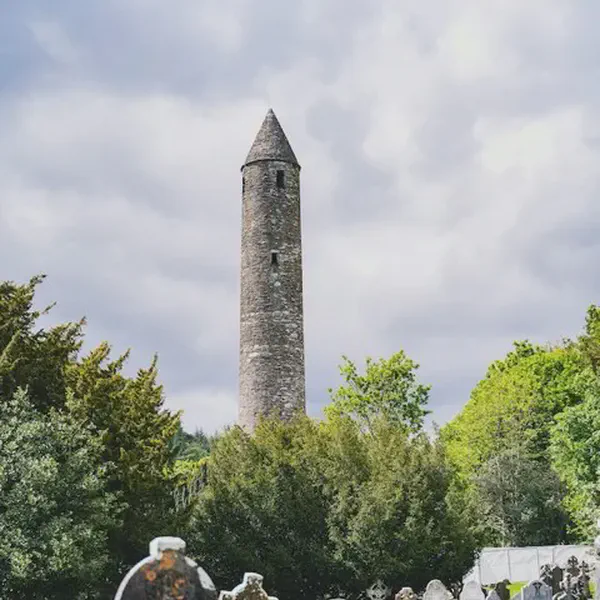On August 31, 1644 in Celtic History
Second battle of lostwithiel, 1644, the last major victory for charles i and the royalist side in the english civil war. major defeat of cromwellian army at fowey, cornwall by cornish royalists.

Second Battle of Lostwithiel, 1644, the last major victory for Charles I and the Royalist side in the English Civil War. Major defeat of Cromwellian army at Fowey, Cornwall by Cornish royalists. The First Battle of Lostwithiel was in 1642.
After the overwhelming defeat at the Battle of Marston Moor, which cost him the entire north of England, Charles I continued to defy the Parliamentarian forces.
From his HQ in Oxford, he marched west in pursuit of Robert Devereux, 3rd Earl of Essex, who was invading the Royalist stronghold of Cornwall. Charless army vastly outnumbered that of Devereux, and had the advantage of surprise. On September 2 1644, Charless army attacked the rear of Essexs force and quickly surrounded it at Lostwithiel in Cornwall, 30 miles west of Plymouth, attacking from both the north and the east at the same time. Lostwithiel was strategically important during the English Civil War since it held the key to Fowey, at the time a major seaport.
Devereux and most of his cavalry managed to escape, but virtually all of the infantrymen, about 8,000, and the artillery fell into the kings hands. Only Major-General Philip Skippon and a few of his men succeeded in fighting their way out. Charles wheeled about and marched toward London.
This setback for Parliament in Cornwall, and the last major victory for the Royalists, was reversed by Sir Thomas Fairfax leading the New Model Army at or near Tresillian Bridge, close to Truro on March 12, 1645.
The following account of events after the Battle of Lostwithiel shows at least two things. Firstly, a strong level of support for King Charles, and secondly the strength of character of local people indicating the extent of their intolerance towards the enemy.
On the back of the victory at Marston Moor, the Earl of Essex took command of the troops and led them into Cornwall but met stern opposition. Charles led the campaign against him. The result being that 10,000 Roundhead men were contained on a small piece of land between Lostwithiel and Fowey on 31 August 1644. Charles offered the Earl of Essex an opportunity to join forces with him against Scotland but the offer was turned down and the Earl was able to escape by boat - the only way out - and left the remaining troops marooned. After extensive negotiations the Roundheads were allowed free passage along the south coast to Poole. The local population had different ideas. By all accounts 6,000 men started on that trek to Poole. A Royalist soldier watching witnessed them pressed close together like sheep so dirty and dejected as was rare to see
…………. because they had been stripped of clothes, boots and food having suffered terrible attacks by the country people, in particular the women. Disease, starvation, and wounds that had become severely infected through inattention were contributory to many of the deaths. One survivor who made it back said that he could remember being inhumanly dealt with, abused, reviled, scorned, torn kicked and pillaged. (1) From the 6,000 that started out only 1,000 made it to Poole.
More From This Day




Birth in Belfast of Henry Joy McCracken, United Irishman and leader of Ulster insurgents in 1798 rebellion
August 31, 1767